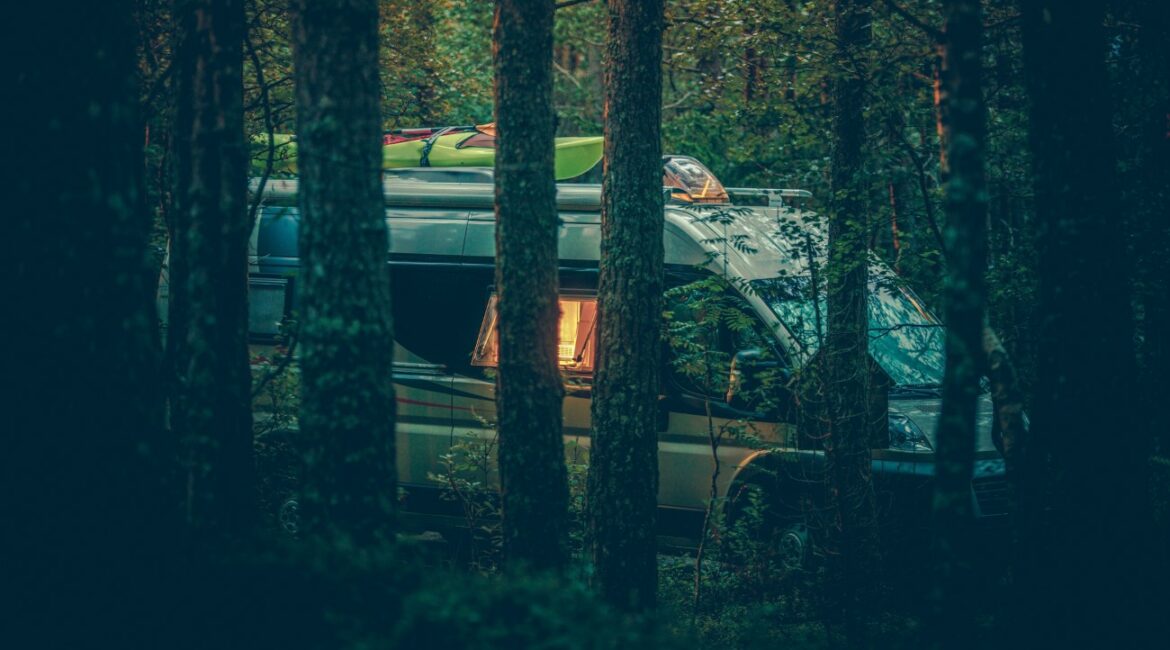Living the RV life is truly an adventure, with the freedom to roam, the allure of the open road, and the beauty of nature always just a window glance away. But, to keep that journey smooth, ensuring your RV stays in top shape is crucial. While there are some common maintenance tasks most RV owners know about, there are hidden aspects of the RV maintenance schedule often overlooked. Let’s dive in and uncover these hidden gems.
The Underrated Importance of Tire Checks
You’ve probably been advised on the importance of tire pressure and routine checks. But did you know that tire age is equally crucial? Tires over five years old, even if they look in good shape, can be prone to deterioration from the inside. Regularly inspecting them for cracks, bulges, or other irregularities can save you from unforeseen breakdowns.
Not Just Clean, But UV-Protected
While washing your RV is a common practice, protecting its exterior from harmful UV rays often goes unmentioned. Continuous exposure to the sun can cause your RV’s paint to fade and the sealants to break down. Using UV protective wax after each wash will not only give your RV a shiny finish but also add an extra layer of protection.
Battery Care Beyond the Basics
Sure, you know that keeping your battery terminals clean is essential. But have you considered how seasonal changes might affect your RV’s battery life? Extreme cold or heat can drastically reduce battery longevity. If you’re storing your RV for an extended period, removing the battery and keeping it in a temperature-controlled environment can work wonders.
Ventilation System’s Hidden Concerns
Ventilation is key for comfort inside the RV. However, small insects and critters often find their way into these systems, causing potential blockages. Regularly inspecting and cleaning the vents and considering insect screens can save you from unexpected complications.
Water System Check: Beyond the Obvious
Checking for leaks is common, but have you ever thought about sanitizing your freshwater system? Over time, algae and bacteria can build up. At least once a year, make it a point to sanitize the system using a bleach solution or specialized products available in the market.
The Secret Life of RV Seals and Sealants
One of the most overlooked areas of an RV is its seals and sealants. These are the silent defenders of your mobile home, keeping out moisture, drafts, and even tiny intruders. Over time, exposure to elements causes them to crack, shrink, or peel away. Regularly checking the seals around windows, doors, and the roof can prevent costly water damage and energy inefficiency. It’s not just about identifying gaps or cracks but also ensuring the material hasn’t lost its elasticity. Re-caulking or applying new sealant where necessary is a small step that can lead to significant benefits in the long run.
Brakes: The RV’s Unsung Hero
It’s easy to get caught up in the adventure and forget about the parts of your RV that ensure your safety. The braking system is paramount. Given the weight and size of RVs, ensuring that the brakes are responsive is non-negotiable. This means not only checking brake pads for wear but also ensuring brake fluid levels are optimal and free from contamination. Remember, mountainous terrains and long descents can be especially taxing on your RV’s brakes. If you’re planning a trip through hilly regions, it might be wise to get a professional brake system evaluation.
Fine-Tuning Your RV’s Alignment
Driving an RV isn’t quite like driving a standard vehicle, especially when it comes to alignment. Poor alignment can lead to uneven tire wear, reduced fuel efficiency, and a less than smooth ride. If you notice that your RV pulls to one side while driving or the steering feels unstable, it’s time to consider checking the alignment. Regularly checking and adjusting your RV’s alignment not only ensures a comfortable ride but also extends the life of your tires and improves gas mileage. Plus, when your RV is aligned correctly, it’s easier to handle, making your journeys more enjoyable and stress-free.
FAQs on RV Maintenance Schedule
How often should I inspect my RV roof for damages?
While a twice-yearly check is standard, it’s a good practice to inspect your RV roof after any significant weather event, like hailstorms or heavy rain.
Is it necessary to lubricate slide-outs?
Absolutely! Lubricating slide-outs every few months prevents rust and ensures they function smoothly.
How can I maintain the efficiency of my RV’s air conditioner?
Cleaning or replacing the air filters regularly and ensuring the external unit is free from debris can keep your AC running efficiently.
Do I need to run the generator if I’m not using it?
Yes, it’s recommended to run your generator for at least two hours monthly under 50% load. This keeps it in optimal condition.
How often should I change the oil in my RV?
Generally, every 3,000 to 4,500 miles. However, always refer to your RV’s manual for specifics.
Embarking on an RV journey is rewarding, but ensuring that ride remains uninterrupted requires a tad more maintenance insight than usually shared. With these additional tips, your RV is not only road-ready but also set for the long haul. Safe travels!
- Transform Your Health with Medford Medical Weight Loss Program - June 9, 2025
- A Chat with Nate and Mika, Christian Wedding Photographers - July 18, 2024
- Ultimate Guide To Playing Online Casinos - May 27, 2024









